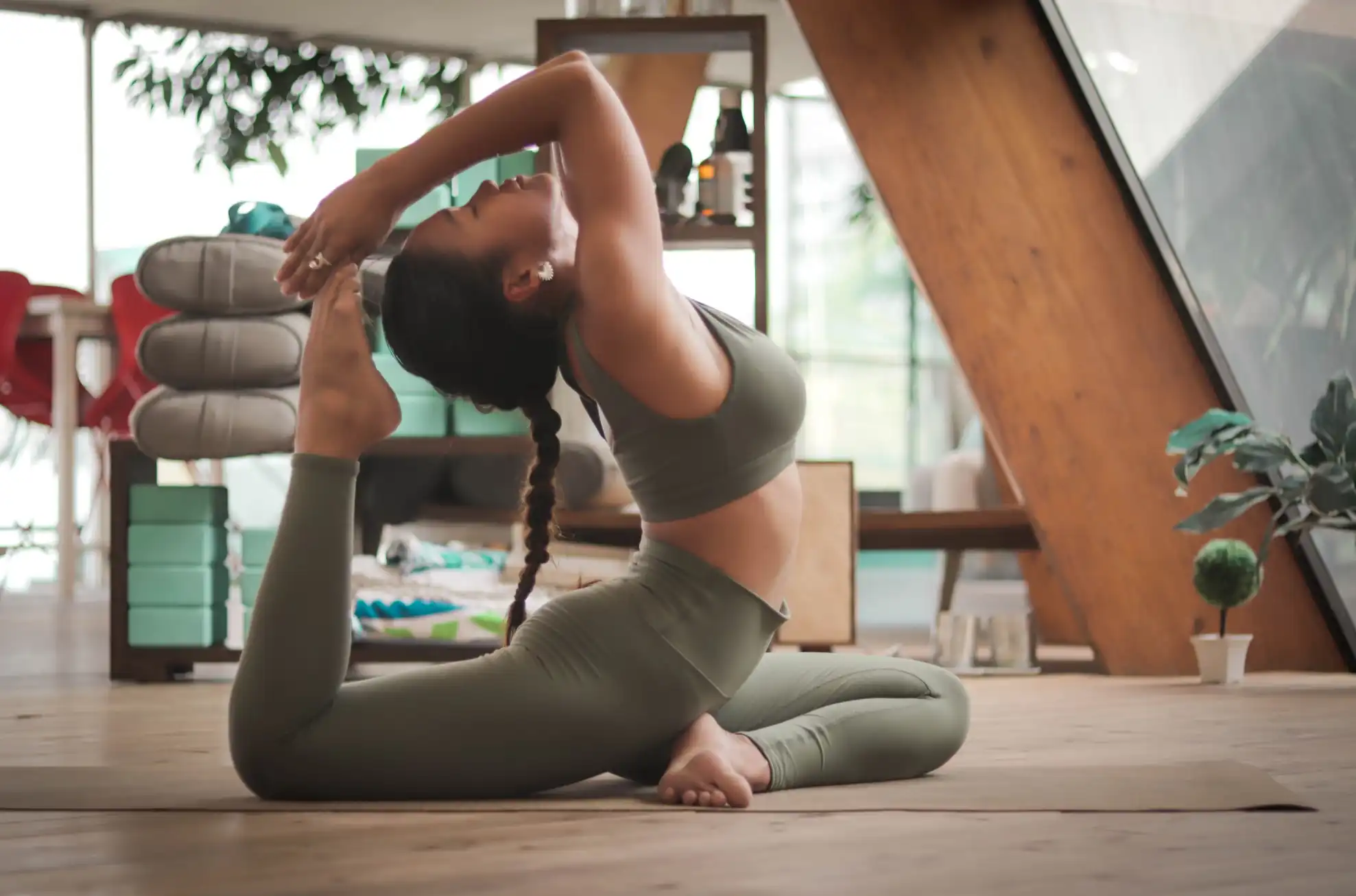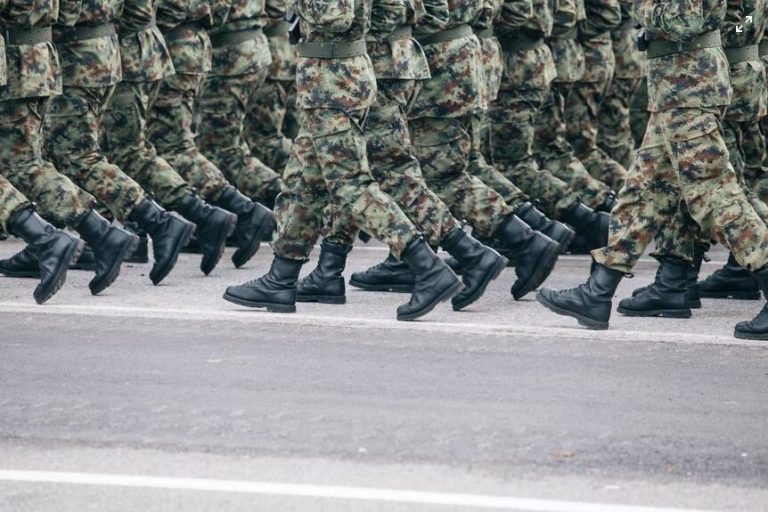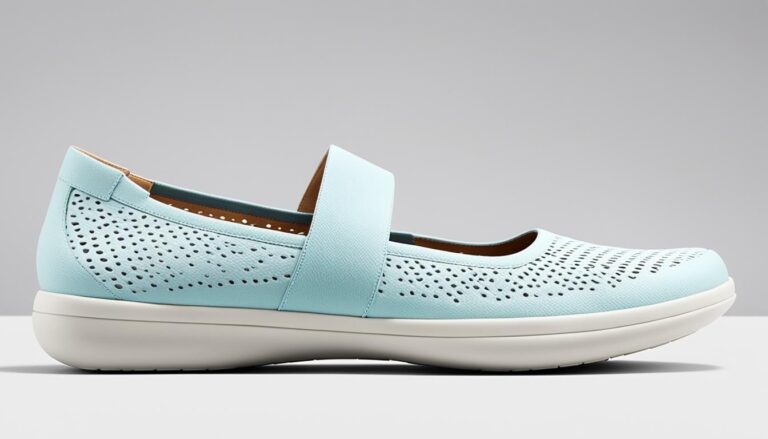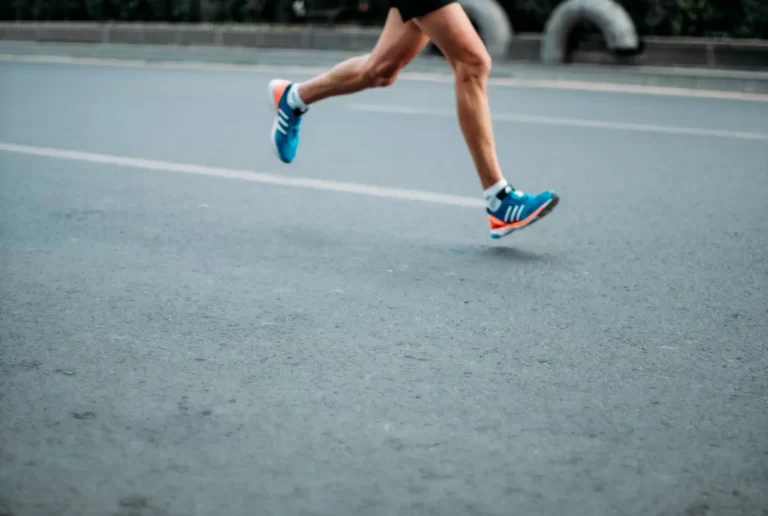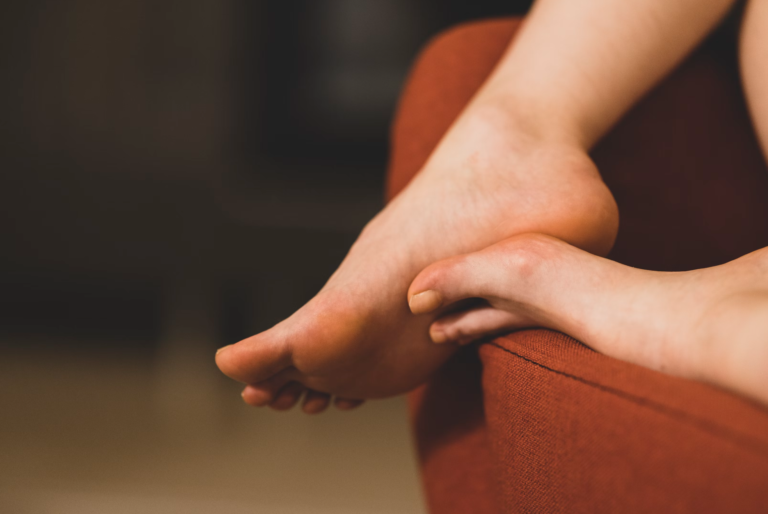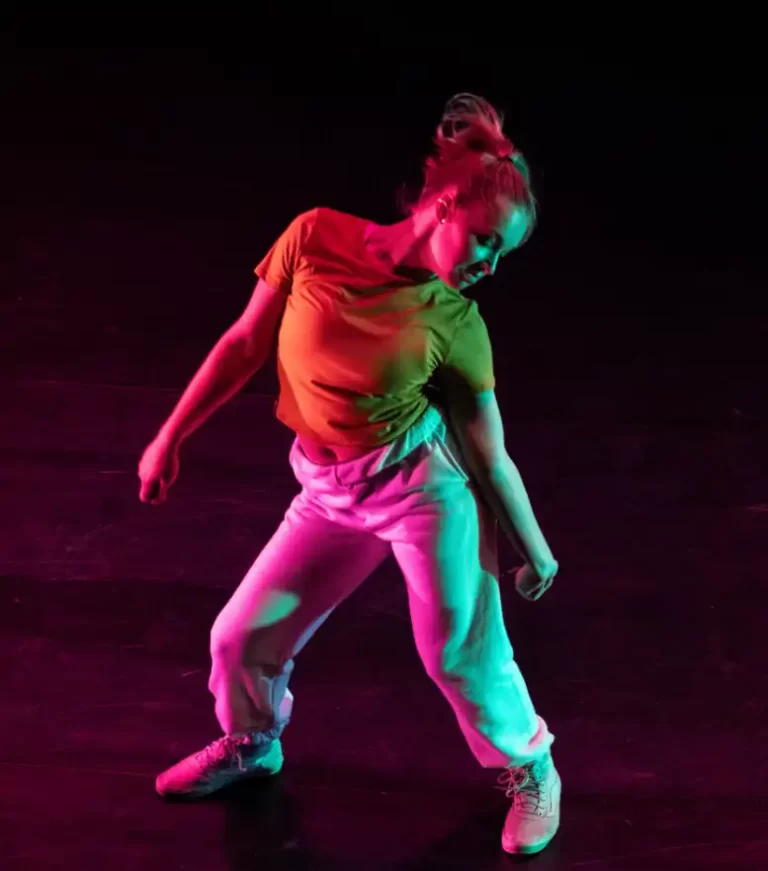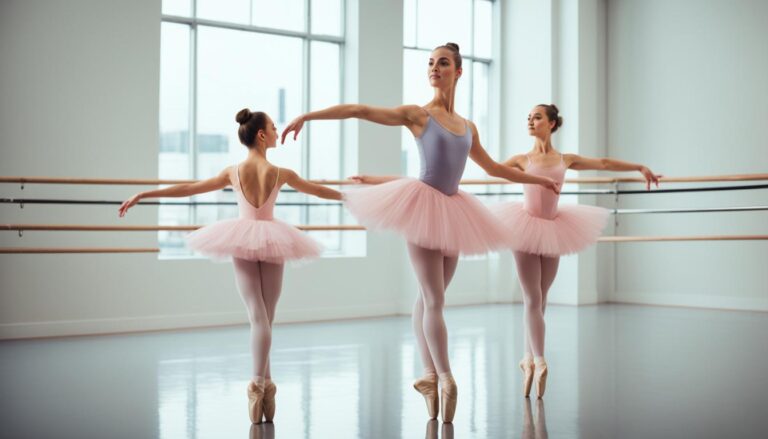Yoga Poses to Improve Flat Feet and Arch Support
Did you know that a staggering 60% of adults in the United States suffer from flat feet or fallen arches? This common condition not only affects the structure of the feet but can also lead to a range of other health issues, from knee and hip pain to balance problems and difficulty walking. But there’s good news – yoga can be a powerful tool in addressing the underlying causes of flat feet and restoring the natural arch of the feet.
In this article, we’ll explore a range of yoga poses and practices that can help improve flat feet and provide better arch support. Flat feet, also known as fallen arches, are a condition where the arches of the feet do not properly form or collapse, leading to various foot and leg issues. Yoga can be a valuable tool in strengthening the muscles, tendons, and ligaments in the feet to help restore the natural arch and alleviate the symptoms associated with flat feet. We’ll discuss the benefits of yoga for flat feet, how to prepare for your practice, and a variety of poses and complementary exercises that can help you achieve better foot health and stability.
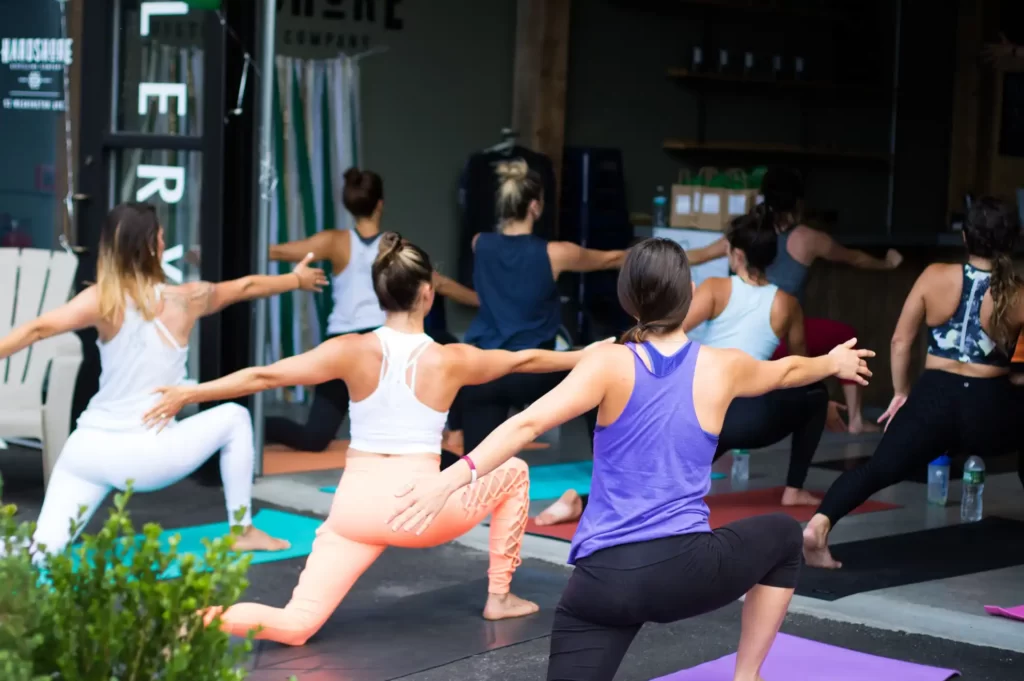
Key Takeaways
- Flat feet, or fallen arches, are a common condition affecting 60% of adults in the United States.
- Yoga can be an effective way to strengthen the muscles, tendons, and ligaments in the feet to restore the natural arch.
- Practicing yoga poses and complementary exercises can help alleviate the symptoms associated with flat feet, such as foot and leg pain, balance issues, and difficulty walking.
- Proper preparation, modifications, and listening to your body are important when practicing yoga with flat feet.
- Incorporating a combination of yoga, foot massages, and supportive footwear can provide a holistic approach to addressing flat feet and improving overall foot health.
Yoga for Flat Feet
Yoga can be an effective way to address the underlying issues that contribute to flat feet. By strengthening the muscles, tendons, and ligaments in the feet, yoga can help restore the natural arch and provide better support and stability. Additionally, yoga can improve flexibility, balance, and proprioception, all of which are important for maintaining healthy foot function.
Benefits of Yoga for Flat Feet
Practicing yoga can provide a range of benefits for those with flat feet or fallen arches. Some of the key advantages include:
| Benefit | Description |
|---|---|
| Strengthening | Yoga poses can help strengthen the muscles, tendons, and ligaments in the feet and lower legs, which can improve the arch and provide better overall support. |
| Flexibility | Many yoga poses focus on improving flexibility in the hips, ankles, and feet, which can help address tightness and imbalances that contribute to flat feet. |
| Balance | Yoga poses that challenge your balance can help improve proprioception and overall foot health, which is essential for maintaining proper foot function. |
Preparing for Yoga Practice
Before diving into a yoga routine specifically for flat feet, it’s important to take a few steps to prepare your body and feet. Start by warming up with some gentle stretches and movements to increase blood flow and mobility in the feet and lower legs. You may also want to consider using props, such as blocks or straps, to help support your feet and maintain proper alignment during the poses. Remember to listen to your body and make any necessary modifications to ensure a comfortable and safe practice.
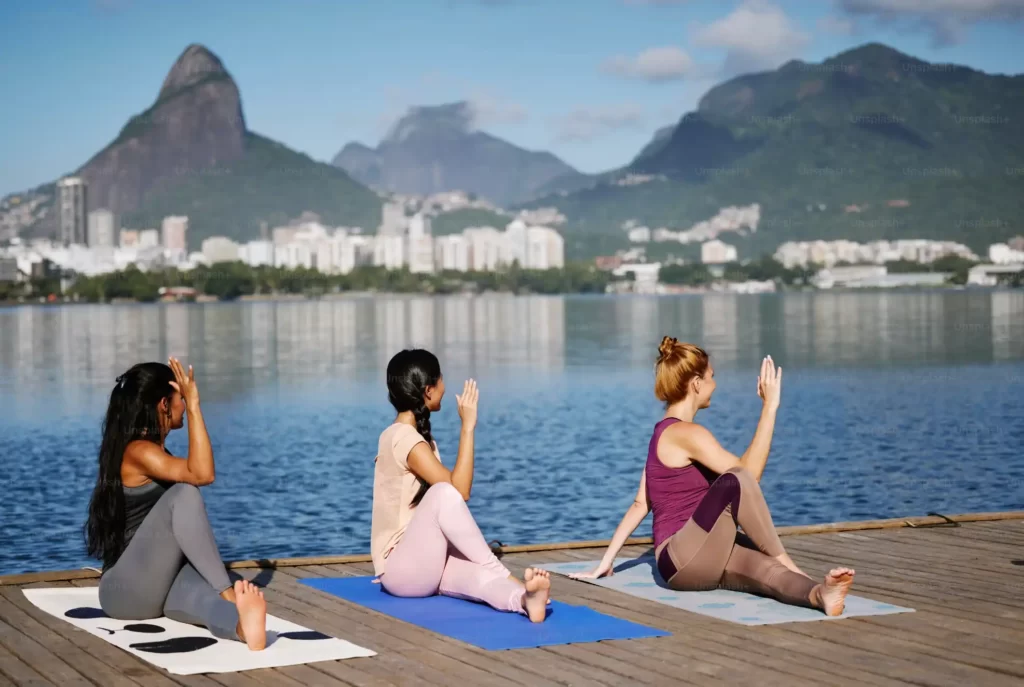
Yoga Poses to Strengthen Arches
To help strengthen the arches and support flat feet, we’ll explore a variety of seated and standing yoga poses. These postures target the muscles, tendons, and ligaments in the feet, ankles, and lower legs to provide better overall stability and support for those with fallen arches.
Seated Poses for Arch Support
Seated poses like Toe Yoga can be an excellent way to engage the small muscles in the feet and improve proprioception, or the body’s awareness of its position in space. In this pose, you’ll actively spread and wiggle your toes, strengthening the intrinsic foot muscles and enhancing the connection between your brain and your feet. This can help restore the natural arch and provide better support for those with flat feet.
Standing Poses for Flat Feet
Standing poses, such as Prasarita Padottanasana (Wide-Legged Forward Fold), can work the larger muscle groups in the feet, ankles, and lower legs to provide greater overall support. In this pose, the weight-bearing on the feet helps to activate and strengthen the tibialis posterior, a key muscle responsible for supporting the inner arch. By strengthening this muscle, along with the other tendons and ligaments in the feet, you can improve the stability and function of the arches.
Remember, it’s important to listen to your body and make any necessary modifications or use props to ensure proper alignment and support throughout your yoga practice. With patience and consistent practice, these poses can help alleviate the symptoms of flat feet and improve the overall health and function of your feet.

Complementary Practices
In addition to the yoga poses, incorporating complementary practices can further support the health of your feet. Regular foot massages and stretches can help improve flexibility, reduce tightness, and promote better circulation. Additionally, using supportive orthotics or footwear with proper arch support can help stabilize the feet and alleviate some of the strain associated with flat feet.
Foot Massage and Stretches
Dedicating time to massage and stretch the feet can be a powerful complement to your yoga practice. Focus on the toes, arches, and heels, using your fingers or a massage ball to work out any tightness or soreness. Gently stretch the Achilles tendon and plantar fascia to improve mobility and circulation in the feet. These practices can help reduce the symptoms of flat feet and promote better overall foot health.
Orthotics and Supportive Footwear
For those with flat feet, incorporating supportive footwear or orthotics can be a valuable addition to your yoga and self-care routine. Orthotics can help stabilize the feet, improve alignment, and reduce the strain on the muscles, tendons, and ligaments. When selecting shoes, look for models with good arch support, cushioning, and a rigid sole to maintain the proper foot position during activities. By combining yoga, massage, and supportive footwear, you can improve the health and function of your flat feet.
Tips for Practicing Yoga with Flat Feet
When practicing yoga with flat feet, it’s essential to be mindful of your body’s unique needs and make any necessary modifications. Using the right props can help you maintain proper alignment and support your feet during your practice.
Modifications and Props
Consider using blocks, straps, or blankets to help support your feet and ensure you’re maintaining good posture and form. This can be especially helpful in poses that require weight-bearing on the feet, such as standing poses or balance postures. By using these props, you can reduce the strain on your feet and ankles, allowing you to focus on strengthening the muscles and ligaments in your lower body.
Listening to Your Body
As you practice yoga with flat feet, it’s crucial to listen to your body and make any necessary adjustments. Some poses may feel challenging or even uncomfortable due to your foot condition. If a pose causes pain or excessive tightness, don’t hesitate to modify or skip it. Instead, focus on gentle, low-impact movements that strengthen and stretch the muscles and tendons in your feet and lower legs.
Conclusion
In conclusion, incorporating yoga into your routine can be a powerful way to address flat feet and improve overall foot health. By strengthening the muscles, tendons, and ligaments in the feet and lower legs, you can help restore the natural arch and provide better support and stability. Remember to start slowly, listen to your body, and experiment with different yoga poses and complementary practices to find what works best for you.
With consistent effort and patience, you can take steps to alleviate the symptoms of flat feet and enjoy greater comfort and mobility in your daily life. By addressing the underlying issues that contribute to fallen arches, you can develop a stronger foundation and improve the overall health of your feet. Explore the various yoga poses and complementary practices suggested in this article, and be mindful of your body’s needs as you work to improve your foot function and reduce any discomfort or tightness you may be experiencing.
Remember, the journey to better foot health starts with small steps. By incorporating yoga and other supportive practices into your routine, you can make a meaningful difference in addressing flat feet and enjoying a more balanced, comfortable, and mobile lifestyle. Embrace the process, listen to your body, and be patient as you work to strengthen and stabilize your feet.
FAQ
What are the benefits of yoga for flat feet?
Yoga can be an effective way to address the underlying issues that contribute to flat feet. By strengthening the muscles, tendons, and ligaments in the feet, yoga can help restore the natural arch and provide better support and stability. Additionally, yoga can improve flexibility, balance, and proprioception, all of which are important for maintaining healthy foot function.
How should I prepare for yoga practice if I have flat feet?
Before starting your yoga practice, it’s important to prepare your feet and lower body. You can begin by doing some simple foot exercises, such as wiggling and spreading your toes, to engage the small muscles in the feet. It’s also a good idea to warm up the ankles, calves, and hips to ensure proper mobility and alignment throughout your practice.
What yoga poses can help strengthen the arches for those with flat feet?
To help strengthen the arches and support flat feet, we suggest trying a variety of seated and standing yoga poses. Seated poses like Toe Yoga, where you actively spread and wiggle your toes, can help engage the small muscles in the feet and improve proprioception. Standing poses like Prasarita Padottanasana (Wide-Legged Forward Fold) can work the larger muscle groups in the feet, ankles, and lower legs to provide better overall support.
What other practices can I incorporate to support my flat feet?
In addition to the yoga poses, incorporating complementary practices can further support the health of your feet. Regular foot massages and stretches can help improve flexibility, reduce tightness, and promote better circulation. Additionally, using supportive orthotics or footwear with proper arch support can help stabilize the feet and alleviate some of the strain associated with flat feet.
How can I modify my yoga practice to accommodate my flat feet?
When practicing yoga with flat feet, it’s important to be mindful of your body’s needs and make any necessary modifications. Use props like blocks, straps, or blankets to help support your feet and maintain proper alignment. This can be especially helpful in poses that require weight-bearing on the feet, such as standing poses or balance postures.
What should I keep in mind when practicing yoga with flat feet?
When practicing yoga with flat feet, it’s important to listen to your body and make any necessary adjustments. Use props like blocks, straps, or blankets to help support your feet and maintain proper alignment, especially in poses that require weight-bearing on the feet. Be patient with yourself and focus on improving flexibility, strength, and stability over time.

